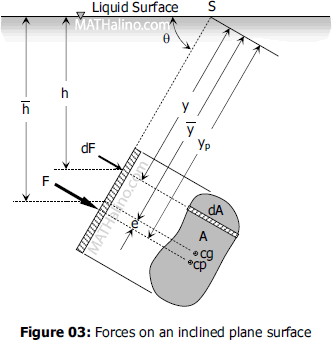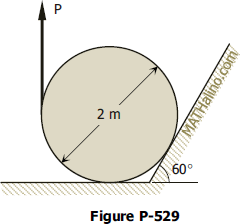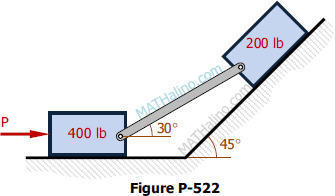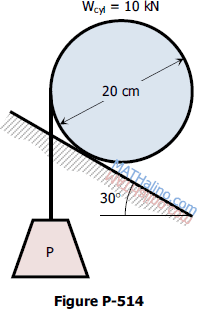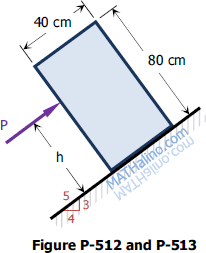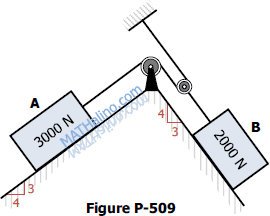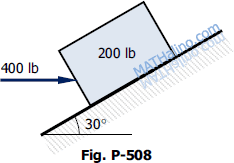Total Hydrostatic Force on Surfaces
Total Hydrostatic Force on Plane Surfaces
For horizontal plane surface submerged in liquid, or plane surface inside a gas chamber, or any plane surface under the action of uniform hydrostatic pressure, the total hydrostatic force is given by
where p is the uniform pressure and A is the area.
In general, the total hydrostatic pressure on any plane surface is equal to the product of the area of the surface and the unit pressure at its center of gravity.
where pcg is the pressure at the center of gravity. For homogeneous free liquid at rest, the equation can be expressed in terms of unit weight γ of the liquid.
where $\bar{h}$ is the depth of liquid above the centroid of the submerged area.
- Read more about Total Hydrostatic Force on Surfaces
- Log in to post comments

